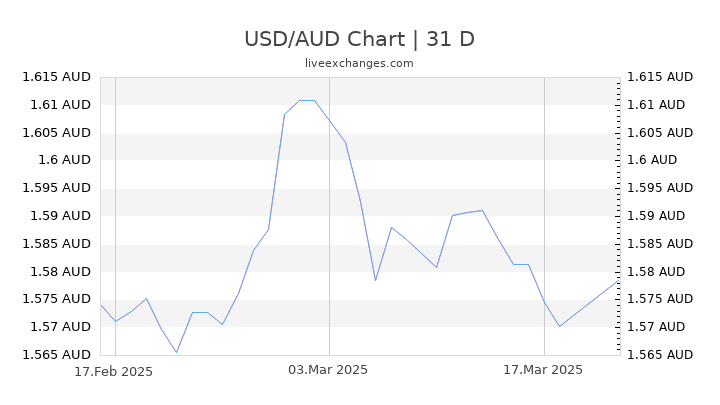389 AUD to USD: Exchange Rate & Currency Conversion
The dynamic interplay between currencies significantly influences multiple aspects of global finance, trade, and economics. For individuals and businesses engaged in international transactions, grasping the nuances of currency conversion is paramount. This article delves deep into the topic of converting 389 Australian Dollars (AUD) to United States Dollars (USD), elucidating the intricacies surrounding exchange rates, conversion methods, and broader economic implications.
Understanding Exchange Rates: The Basics
At the heart of currency conversion lies the exchange rate, which dictates how much of one currency can be exchanged for another. The exchange rate between AUD and USD is not static; rather, it fluctuates based on a multitude of factors including economic indicators, geopolitical events, and market sentiment. Currently, the conversion involves focusing on the prevailing exchange rate for 389 AUD, but this is a mere snapshot in a continually evolving landscape.
Factors Influencing the AUD/USD Exchange Rate
Several factors play crucial roles in determining the exchange rate between the Australian Dollar and the United States Dollar. The Australian economy, heavily reliant on commodities like iron ore and coal, is sensitive to fluctuations in global commodity prices. Conversely, the USD often serves as a safe haven asset, especially during times of global economic uncertainty.
Interest rates, set by central banks, are another fundamental aspect. The Reserve Bank of Australia (RBA) and the Federal Reserve in the U.S. adjust rates based on economic conditions, influencing investor behavior and, by extension, currency strength. A higher interest rate in Australia relative to the U.S. could incentivize foreign investment in AUD-denominated assets, thereby appreciating the currency and affecting the USD exchange rate.
Furthermore, economic indicators such as GDP growth rates, unemployment figures, and inflation metrics can trigger rapid shifts in the exchange rate. For instance, signs of economic resilience in Australia can lead to AUD appreciation, whereas economic downturns in the U.S. could strengthen the AUD against the USD.
Practical Conversion of 389 AUD to USD
When converting 389 AUD to USD, the immediate step involves identifying the current exchange rate. If, hypothetically, the exchange rate stands at 0.70, this would mean that one Australian Dollar can be exchanged for 0.70 U.S. Dollars. Thus, converting 389 AUD would equate to approximately 272.30 USD. However, this theoretical calculation can be clouded by additional considerations.
Transaction fees and currency conversion charges often accompany foreign exchanges, diminishing the actual amount received in USD. It is vital for individuals and businesses to be cognizant of these latent costs. Banks, currency exchange services, and online platforms may impose different rates and fees, highlighting the importance of due diligence before proceeding with a conversion.
An exploration of hedging strategies also unveils opportunities for businesses engaged in regular currency transactions. Hedging allows entities to lock in exchange rates, thereby mitigating risks associated with future fluctuations. Financial instruments such as options and forward contracts offer avenues for institutions to navigate the complexities inherent in currency dynamics.
Looking Forward: The Future of AUD/USD Exchange Rate
As the world grapples with challenges such as inflationary pressures, geopolitical tensions, and shifting trade policies, the AUD/USD exchange rate is poised to reflect these realities. Analysts often utilize technical and fundamental analyses to project future movements, but uncertainties abound. Market participants must remain vigilant, acknowledging that currency markets are influenced by a confluence of factors, many of which are unpredictable.
In conclusion, the conversion of 389 Australian Dollars to United States Dollars is a microcosm of a much larger economic framework. Understanding the exchange rate, the factors that influence it, and the mechanisms of currency conversion are essential for anyone seeking to navigate the complexities of international finance. As the global landscape evolves, those equipped with knowledge and adaptive strategies will be better positioned to thrive in a world where currency value is ever susceptible to change.
You May Also Like
Best Fish to Catch in Australia: A Guide for Anglers
Australia boasts an extraordinary diversity of fish species, making it …
Emily Bay Norfolk Island: A Hidden Gem in the Pacific
Emily Bay, a picturesque enclave nestled on the sun-kissed shores of …
Holidays on August 23: Global Festivities & Observances
August 23 is a date that carries a bouquet of cultural significance …





